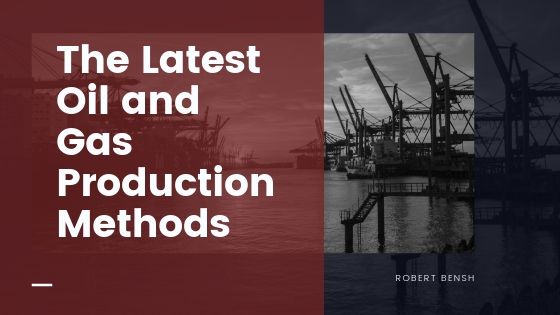Oil and gas are two of the primary sources of energy greatly relied upon across the globe. Last year, the global demand for oil amounted to about 99.2 million barrels per day. Experts anticipate a major increase in demand into the future. Oil drilling companies, therefore, have to up their game as far as oil and gas extraction is concerned. Technology has led to newer mining concepts that can help the world produce more oil and gas. Here are some of the latest oil and gas production methods.
Horizontal Drilling
Horizontal drilling has been explored as a cost-effective alternative to the conventional vertical drilling method that has existed since the 1930s. With horizontal drilling, a single drilling rig can be constructed on the ground and a vertical well sunk to a predetermined depth. From the vertical well, multiple horizontal wells can then be used to reach out and extract oil and gas contained in specific pockets.
Hydraulic Fracturing
Hydraulic fracturing is particularly useful in areas with geographic formations that are impossible to conquer using the existing oil and gas mining technologies. This concept uses a highly pressurized liquid composed of water and other chemicals which are poured into a wellbore. The high pressure cracks rock formations, thereby enabling oil and natural gas to be easily extracted at a fraction of the cost.
Deepwater Drilling
Deepwater drilling allows engineers to access oil deposits located deep underwater, especially in the ocean. Deepwater drilling is particularly expensive given the additional expenses required in constructing drilling rigs and transporting them out in the ocean. The semi-submersible platforms and drillships are equipped with offshore underwater drilling machinery and equipment capable of extracting oil and gas from beneath the ocean floor.
Tar Sands
Sometimes, oil is contained within other materials such as clay, sand, or water. To successfully extract the valuable resource, engineers have come up with a technological advance where the material is extracted and transported to oil refinery centers. At the refinery, the bitumen and sand can then be pressed to release the oil, which is then refined further. In addition, the residue can be subjected to further extraction procedures where it is mixed with oil-extracting chemicals to optimize yield.
